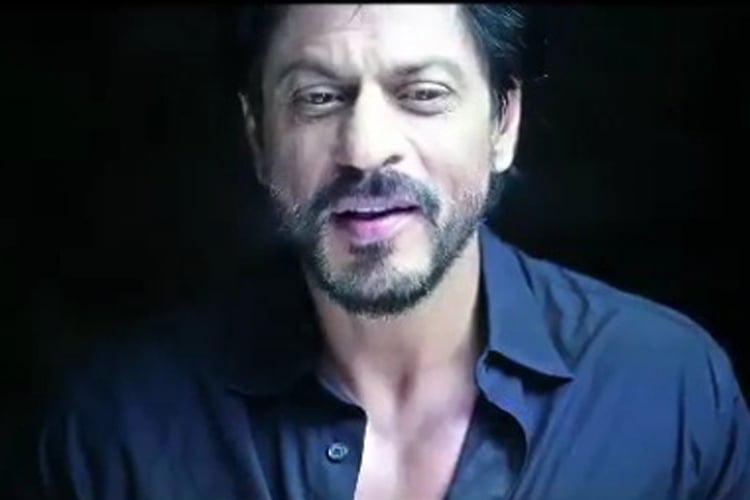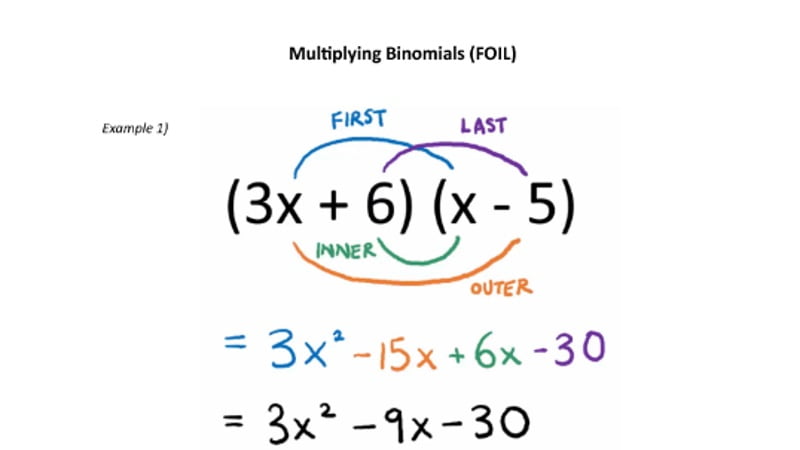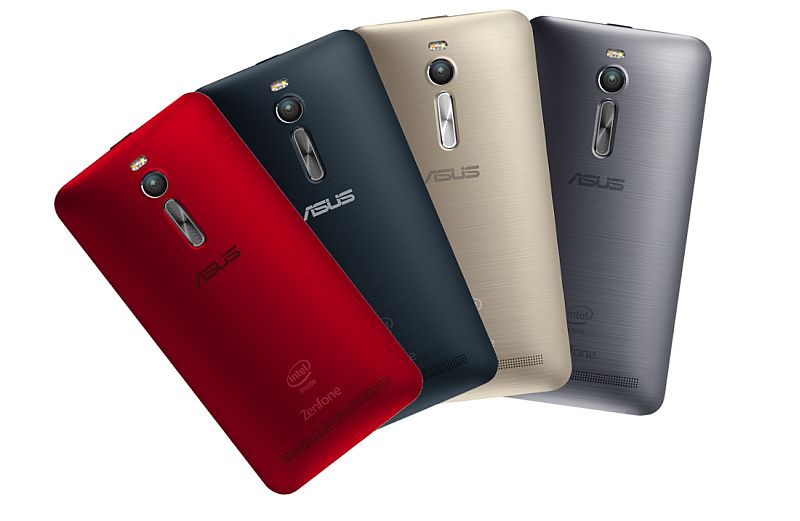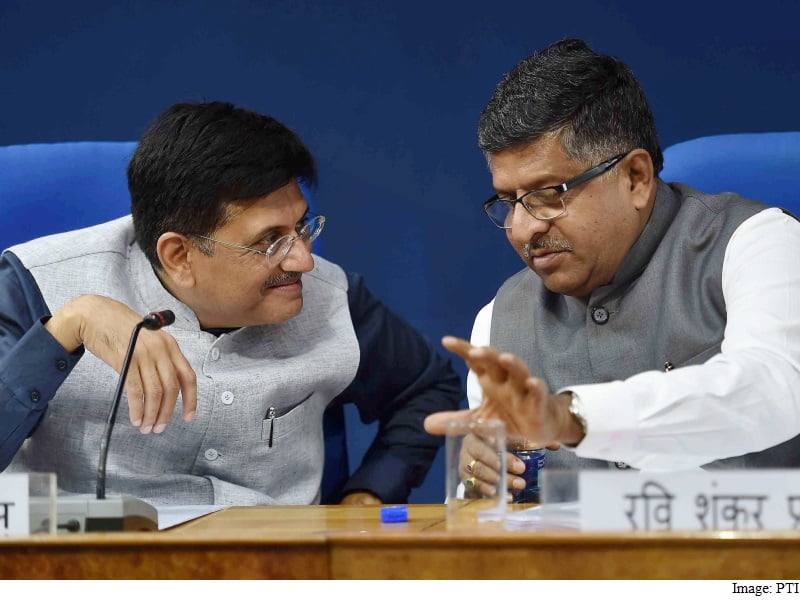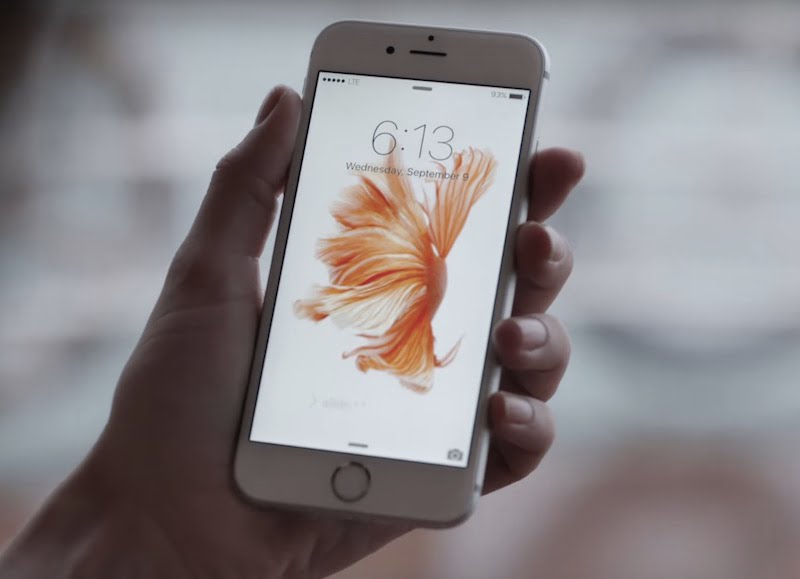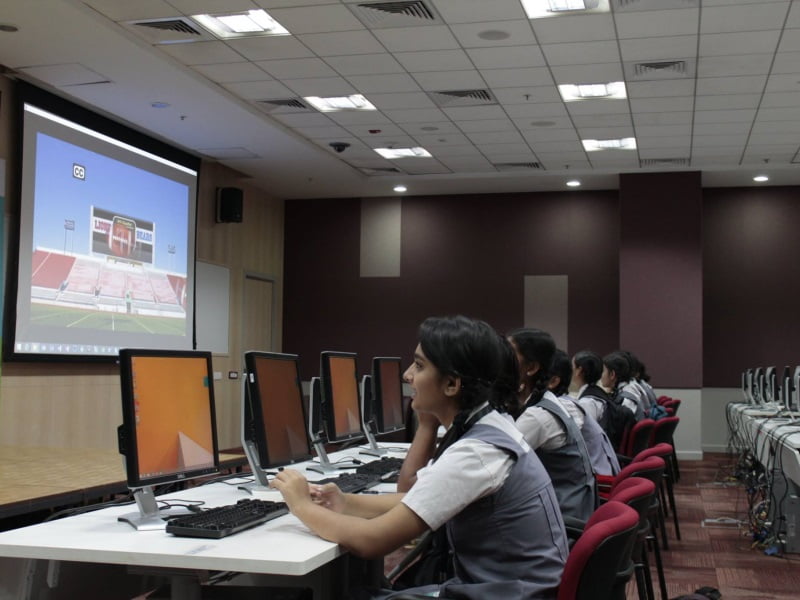Imagine this: It’s 2025 and Sarah, having just completed high school, heads off to Europe for a holiday. Fulfilling a long-held ambition, she visits the Eiffel Tower.
Standing there on the tower’s viewing deck she feels her phone vibrate. She has received a Facebook message. She checks it, as teenagers must. There is a video post from her father.
“Well done, Sarah!” he beams. “I knew you’d make it to Paris one day!”
Sarah weeps, overwhelmed. Her father has been dead for 10 years.
Sarah’s encounter with her uncannily well-informed deceased parent may be hypothetical but with the technology now available it is entirely possible.
Indeed, one version of it, called SafeBeyond was released last month. The program allows users to upload a wide variety of pre-recorded messages, instructions and keys to other digital assets (bank accounts, for instance), to be released to nominated heirs at set times – such as birthdays – or at specific locations, such as the Eiffel Tower.
SafeBeyond limits the delivery interval to 25 years, which is probably sensible in terms of ensuring the integrity of the information storage, infrastructure. It also means that great-grandchildren won’t be hassled by long-dead ancestors, which is surely wise.
After-death messaging services are just one of a wide range of tech-enabled practices that, combined, are changing dramatically the way society responds to death, and how it manages grief and commemoration.
Because digital technology is usually the subject of youthful enthusiasm and claims about making life easier, its impact on the dead has been little studied. However, one of the most significant research projects in the field is headquartered in Melbourne.
It is called “Death, Grieving and Memorialisation in a Broadband Enabled Society”, and is headed by Associate Professor Martin Gibbs, senior lecturer at the University of Melbourne’s Department of Computing and Information Systems.
Gibbs says our funerary practices are changing, and they’re going to keep changing over the next decade.
“This is not just in terms of social media. There are a whole lot of new technologies coming online – disposal of bodies, what you do with bodies, that kind of thing.
“In terms of digital media and representations of death, I look at it as part of a continuum, an extension of vernacular commemorations.”
In this context, Gibbs points to the increasing involvement of social media in the marking of national tragedies.
The funeral of Princess Diana in 1997 represents an early example, with multitudes of photographs and personal recordings augmenting blanket mainstream media coverage.
In today’s much more evolved media ecosystems, terrible events such as mass shootings produce huge interlinked collections of responses, including Twitter hashtags, Instagram posts, witness videos, commentaries, dedicated Facebook and Tumblr sites, rolling blogs and web pages.
But in some senses it is the way that digital technologies are transforming individual experiences of death that is most dramatic. These include not only new ways of honouring the deceased, but also new ways of grieving.
Gibbs’ project was kick-started by a trend that emerged over the past couple of years in which mourners took selfies at funerals and uploaded the results to their social media accounts. The trend continues today, and has become something of a morbid art form, producing online sites that compile and curate mourner selfie collections.
In August this year, research commissioned in Britain by a group of undertakers revealed that one third of mourners under 30 admitted to taking funeral selfies. Two-thirds said they uploaded the results to garner personal sympathy rather than to commemorate the deceased.
In December last year Gibbs and his colleagues published their own study into the phenomenon, a paper called “Funeral and Instagram: death, social media, and platform vernacular”.
Broadly pre-empting the British research, the Melbourne University team headed by Martin Gibbs found that “the majority of images uploaded with the hashtag #funeral often communicated a person’s emotional circumstances … and allowed them to reposition their funeral experience amongst wider networks of acquaintances, friends, and family.”
Photo-shared funerals, they said, were an echo of how society is “moving away from formal and institutionalised rituals.”
Speaking to Fairfax Media, Gibbs says there is a definite irony in the use of social media – by definition fast-moving and by frequent example somewhat shallow – to mark events as solemn as funerals and as permanent as death. However, he doesn’t think the motivation is entirely narcissistic.
“When you look at what people are doing around funerals with social media, it’s quite evident that they are trying to show to their social networks their emotional and physical condition at that moment,” he says.
“That’s how I like to interpret it. It’s not irreverent; it’s simply a statement: ‘I’m at a funeral’. OK, sometimes the statement continues, ‘and I look really hot’, but a lot of the time it’s about being quite sad. A lot of the messages accompanying the selfies can move you to tears.”
Other increasingly popular forms of online commemoration attempt to replace the evanescence of social media with something much more permanent.
Facebook, for instance, offers the creation of memorial pages. Essentially, after death, a person’s account is quarantined. A nominated “legacy” administrator is then empowered to curate its images (deleting, say, the shot of the deceased vomiting at the horse races), post an effective eulogy, and perhaps allow friends to add tributes.
The page, accessible only to contacts and with potentially awkward functions such as birthday reminders disabled, then remains as a sort of cyberspace headstone.
The advent of memorialised accounts a couple of years ago prompted US writer and cartoonist Randall Munroe to crunch some numbers. Based on a few assumptions, he concluded that by 2065 the Facebook dead would outnumber the living.
The social media platform may therefore become the world’s biggest digital necropolis – but not, by any means, its most beautiful. Research by the Melbourne Uni team and others has uncovered spectacular dedicated memorials to the dead in massive multiplayer online worlds such as World of Warcraft and Second Life.
Indeed, in Second Life, an online realm in which people create characters – “avatars” – through which they enjoy long and complex relationships, digital and biological death are difficult to separate. A paper written earlier this year by Griffith University sociologist Dr Margaret Gibson observed that “Avatars are symbolically buried and memorialised on this site but so too are the ‘real life’ biological deaths of people who may or may not have corresponding Second Life avatar lives and histories.”
Not all online memorials are quite so gothic, however. There are a large number of companies around the world that offer what are effectively cyber graves: dedicated web pages that commemorate the dead by means of image, testimony and tribute.
One of the most popular Australian providers is called HeavenAddress. Its front page features several searchable sets of thumbnail photos of dead people, each of which clicks through to collections of family images and very real expressions of grief and loss.
Indicating that these digital resting places are not only visited by friends and family, HeavenAddress provides options to view sites ranked as “most visited” and containing “most content”. Poking about at random, although tacitly invited to do so and with no barriers to deter, feels uncomfortably intrusive – far more so than the act of walking through a cemetery.
Mind you, traditional burial practices are themselves being influenced by digital technologies, in ways that range from the subtle to the tacky.
In the latter category a number of companies (although none, it seems, in Australia) offer solar-powered headstones. The grave markers have embedded within them a tablet device, such as an iPad, which plays either a selection of photographs of the deceased, or a more elaborately wrought mini-biography.
Less ostentatious, although with uncomfortable references to modern retailing, are headstones with an added QR code – the little dotty squares found on billboards and in shop windows that, once scanned by your phone, take you to a website full of extra information about this or that product. In this case, the QR panel takes mourners (or the morbidly curious) to a site about the deceased.
At the other end of the taste spectrum is the example of the Gungahlin Cemetery, which opened near Canberra in November. The cemetery has no grave markers at all. Instead, a radio frequency emitting chip is buried next to each body so mourners can use their mobile phone’s GPS tracking capability to locate their loved one’s final resting place.
Death and entropy come to us all in the end. After a while, of course, the chips will stop working, the tablets will fail, hard drives will be junked, and Facebook will fall from fashion. So might we – like the ancient Mongols or Scythians – be creating a new civilisation that will leave no lasting evidence of its passing?
“Sometimes the online memorials work maybe in conjunction with a grave site,” says Martin Gibbs. “But there are many people now who don’t really have grave sites – that’s been a change over quite a long period. “Some of these online businesses often promise to preserve memorial pages in perpetuity. But, you know, in internet time that’s maybe not very long. Something can happen. Servers go down …”
[“source-smh”]


